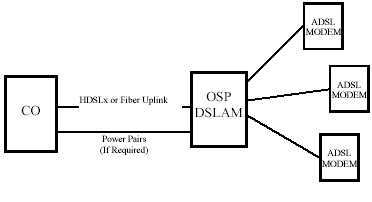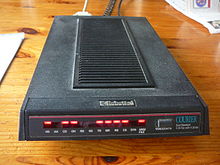AT&T and the corporate-funded front group American Legislative Exchange Council (ALEC) are making progress banning community broadband in South Carolina with the second reading of H.3508, the AT&T Profit Protection Act.
This bill has been debated in the state legislature since early last year, and despite protestations from local community leaders in broadband-impoverished areas of the state, AT&T’s money and lobbyists can buy a lot of support. South Carolina cannot afford to have its broadband options limited. It remains among the worst states in the country for broadband adoption, with just a tad over half of all households hooked up to the Internet. The rest either cannot afford the prices incumbent providers charge, or in many cases, nobody is willing to provide the service.
With the passage of H.3508, South Carolina’s broadband future will effectively be left in the hands of Time Warner Cable, which has some presence in larger cities, and the former BellSouth, which is now AT&T. But unless you live in greater Charleston, Columbia, or Greenville, AT&T’s investment in your future has been limited to smatterings of slow speed DSL.
Despite claims that the “private sector” will provide, South Carolina remains a broadband afterthought for telecommunications companies in the state, especially outside of major cities. H.3508 stops communities from electing to drain the broadband backwater they are forced to endure and build better service other companies simply won’t provide.
You can’t discourage investment from providers who won’t invest in South Carolina’s broadband in the first place.
Use this tool to find your state senator and take a few minutes to call their office and let them know you oppose H.3508 and what it represents — broadband stagnation and corporate protectionism. Let them know you want broadband decisions for your community made in your community, not by a lobbyist for AT&T or the cable industry. Ask why any legislator would want to support a measure that would allow an out of state corporation to dictate what South Carolina can do about its own telecommunications future.
Ask them to stand up for you as a constituent and do the right thing. AT&T, a multi-billion dollar corporation does not need their help. Broadband in South Carolina does!


 Subscribe
Subscribe





